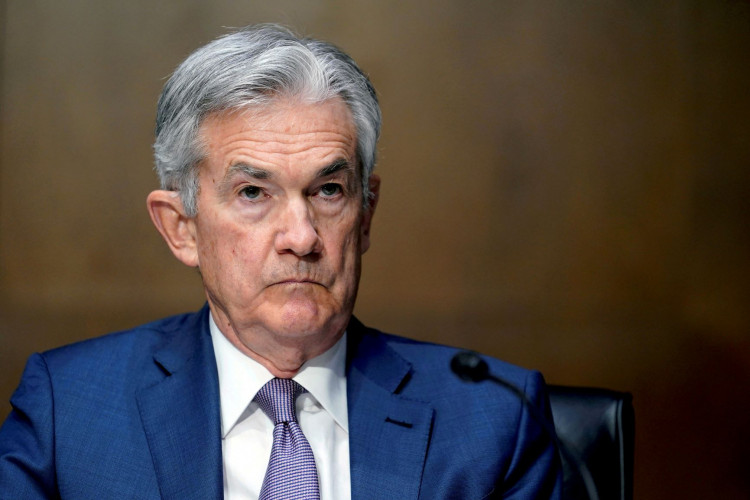The Federal Reserve cut interest rates by a quarter point on Thursday, citing a cooling labor market and easing inflation, just days after the U.S. presidential election that saw Donald Trump return to the White House. The decision, which brings the Fed's lending rate down to a range of 4.5% to 4.75%, marks the central bank's second rate reduction since September and signals a cautious approach amid heightened economic uncertainty.
Fed Chairman Jerome Powell, addressing reporters after the announcement, emphasized that it was "too early to tell" how Trump's proposed economic policies-ranging from tax cuts and tariffs to deregulation and mass deportations-might affect the U.S. economy. "It's such an early stage-we don't know what the policies are, we don't know when they will be implemented," Powell said, indicating that the central bank would closely monitor fiscal developments before adjusting its course further.
Economists are divided on the potential impacts of Trump's agenda. Oxford Economics noted that while the outlook for 2025 remains relatively stable, any rapid implementation of Trump's policies could alter projections. Conversely, Nomura analysts warned of potential inflationary pressures that could complicate future rate cuts. The Fed's Thursday statement highlighted this uncertainty, stating, "The risk of the job market deteriorating and the risk of inflation reaccelerating are roughly the same magnitude now."
The U.S. labor market has shown mixed signals in recent months, prompting the Fed to take a cautious stance. Employers reported 7.4 million job openings in September, a sharp decline from the 9.3 million openings recorded a year earlier, according to the Labor Department. The unemployment rate edged up to 4.1% in October, reflecting a slight cooling in the job market. Powell acknowledged these challenges, noting that "labor market conditions have generally eased" since earlier in the year.
Despite these headwinds, the broader economy continues to display resilience. The U.S. economy grew at an annualized rate of 2.8% in the third quarter, bolstered by robust consumer spending and steady business investment. However, Powell and other Fed officials remain wary of inflation stalling or reigniting, potentially undoing months of monetary tightening.
Lindsay James, an investment strategist at Quilter Investors, highlighted the delicate balancing act facing policymakers on both sides of the Atlantic. "In the U.S., it seems interest rates will stay higher for longer as the Fed will need to tread very carefully until it is better able to assess the true impact of Trump's plans," she said.
The Fed's rate cut comes at a time of heightened scrutiny for Powell, who has weathered years of criticism from Trump. Speculation has swirled about potential White House efforts to assert more control over the central bank. Powell dismissed such concerns on Thursday, asserting that he would not step down if asked and stating that it is "not permitted under law" for the president to remove him.
The central bank's recent actions reflect a shift from its rapid rate hikes that began in 2022 as inflation surged. By July 2023, rates had climbed to 5.3%, their highest level in more than two decades, driving up borrowing costs for mortgages, credit cards, and other loans. With inflation now cooling-it stood at 2.4% in September, down from a peak of over 9% in June 2022-the Fed has cautiously begun to reverse course.
Still, the future path of rate cuts remains uncertain. Powell indicated that further reductions would be data-dependent, driven by labor market and inflation trends. "We don't think it's a good time to be doing a lot of further guidance-there's a fair amount of uncertainty," Powell said, emphasizing the need to "find the right pace and destination as we go."






